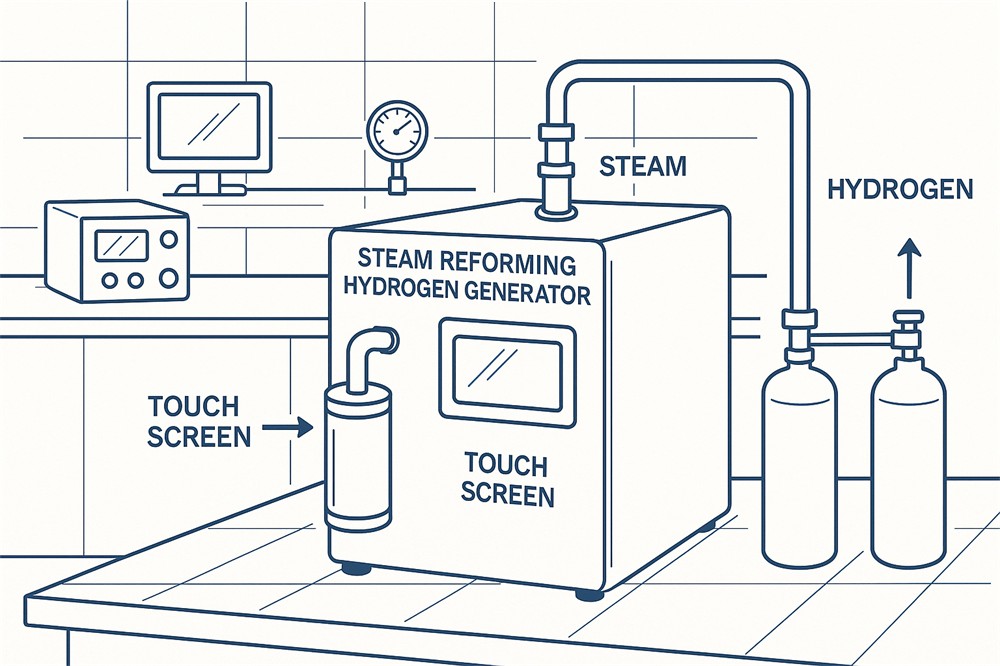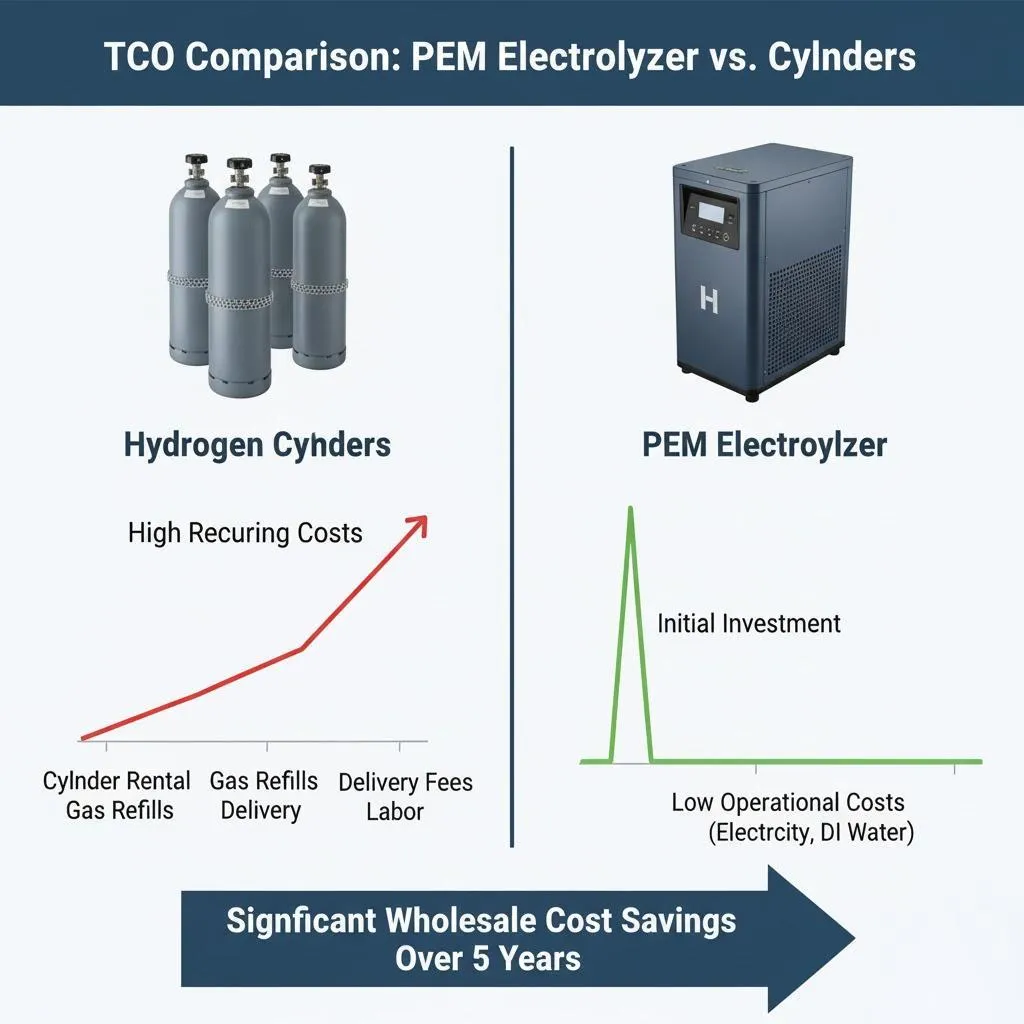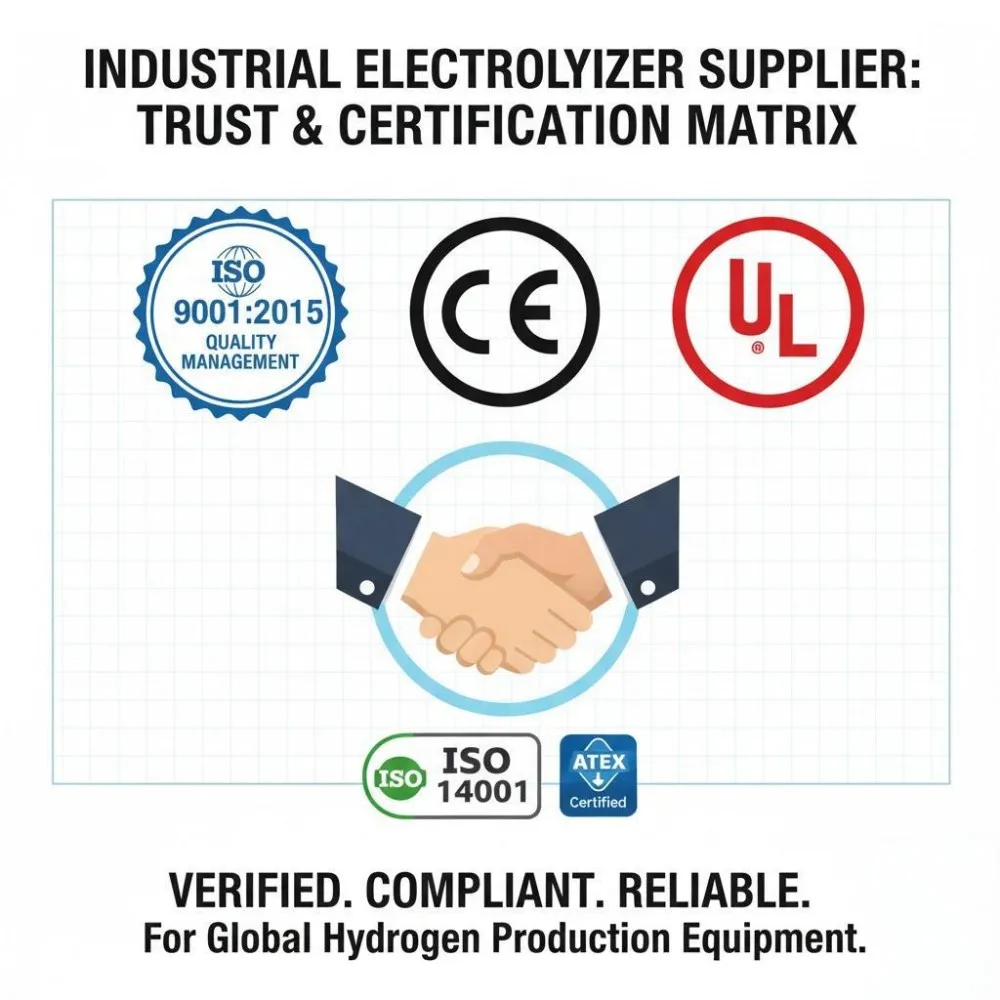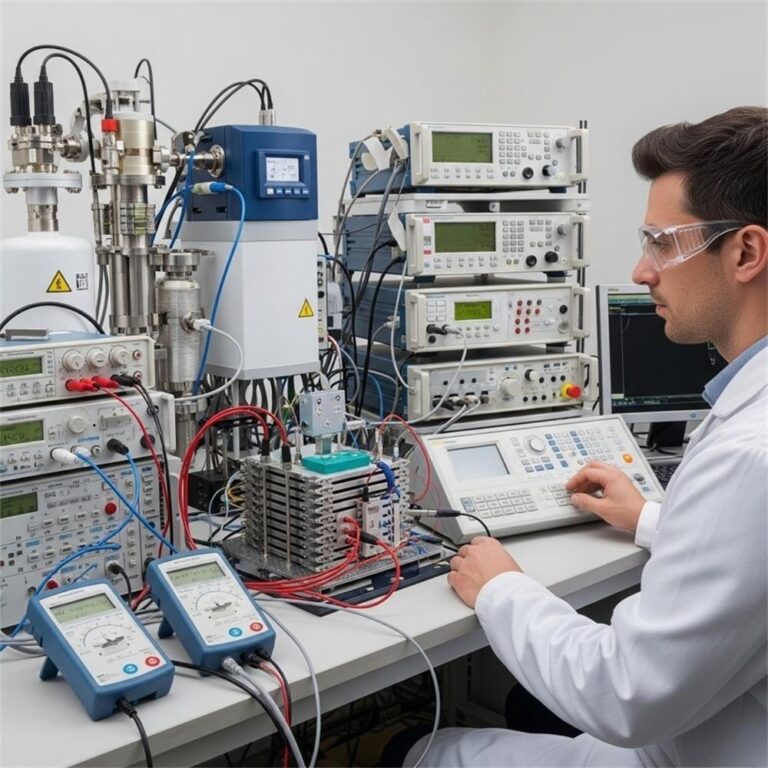Explore the latest in laboratory steam reforming hydrogen generators—compact, efficient, and safe solutions for high-purity hydrogen production in research settings.
Introduction to Laboratory Hydrogen Generation
Hydrogen gas plays a pivotal role in various laboratory applications, from fuel cell research to gas chromatography. Traditionally, hydrogen has been supplied via high-pressure cylinders, but advancements in technology have introduced on-site generation methods, enhancing safety and efficiency.
Understanding Steam Reforming Technology
Steam reforming is a process where hydrocarbons, typically methane, react with steam under high temperatures (700–1000°C) in the presence of a catalyst to produce hydrogen. The primary reaction is:
CH₄ + H₂O → CO + 3H₂

This method is favored in laboratory settings for its efficiency and ability to produce high-purity hydrogen.
Key Features of Lab-Scale Steam Reforming Hydrogen Generators
- Compact Design: Suitable for laboratory benchtops.
- High Purity Output: Achieving up to 99.9999% hydrogen purity.
- Integrated Safety Systems: Including leak detection and automatic shutdown features.
- User-Friendly Interface: Digital controls for monitoring and adjustments.
- Low Maintenance: Minimal upkeep with long-lasting components.(asynt.com, peakscientific.com, restek.com)
Applications in Research and Industry
- Fuel Cell Development: Providing a consistent hydrogen supply for testing.
- Gas Chromatography: Serving as a carrier gas with high purity requirements.
- Material Science: Used in the synthesis and analysis of new materials.
- Educational Demonstrations: Safe and efficient for teaching purposes.(advanzh2.ca)
Technical Specifications Overview
| Feature | Specification | |
|---|---|---|
| Hydrogen Purity | Up to 99.9999% | |
| Output Pressure | Up to 100 bar (1450 psi) | |
| Flow Rate | 0.1 – 10 SLPM | |
| Operating Temperature | 700–1000°C | |
| Catalyst Type | Nickel-based or proprietary catalysts | |
| Footprint | Compact, benchtop-compatible | (innovabiomed.com, asynt.com, peakscientific.com, directindustry.com, chemspx.com) |
Operational Best Practices
- Startup Procedure: Ensure all connections are secure before initiating the system.
- Regular Maintenance: Schedule periodic checks for catalyst activity and system integrity.
- Shutdown Protocol: Follow manufacturer guidelines to safely power down the unit.
- Training: Personnel should be trained in operating procedures and emergency responses.
Safety Considerations in Laboratory Environments
Safety is paramount when dealing with hydrogen generation:
- Ventilation: Operate in well-ventilated areas to prevent gas accumulation.
- Leak Detection: Utilize integrated sensors to monitor for hydrogen leaks.
- Compliance: Adhere to standards such as NFPA 55 and ISO 22734.
- Emergency Procedures: Establish clear protocols for potential incidents.(restek.com, h2tools.org)
Cost Analysis and Return on Investment
Investing in a laboratory steam reforming hydrogen generator can lead to significant cost savings over time:
- Reduced Gas Procurement Costs: Eliminates the need for cylinder deliveries.
- Operational Efficiency: Continuous hydrogen supply minimizes downtime.
- Long-Term Savings: Lower maintenance and operational costs compared to traditional methods.(directindustry.com, advanzh2.ca)

Leading Manufacturers and Models (2025)
| Manufacturer | Model | Key Features | |
|---|---|---|---|
| REB Research | Me100 | Ultrapure hydrogen from methanol-water reforming. | |
| ThalesNano Energy | H-Genie® II | High-pressure output up to 100 bar. | |
| Asynt | HG MINI | Compact design with 99.999% purity. | |
| LNI Swissgas | HG PRO M | High flow rates up to 20 L/min. | |
| Chrysalis Scientific | NMH2-Plus | Maintenance-free with remote monitoring. | (rebresearch.com, directindustry.com, asynt.com, lni-swissgas.eu, chrysalisscientific.com) |
Future Trends in Laboratory Hydrogen Generation
- Integration with Renewable Energy: Utilizing solar or wind power for sustainable hydrogen production.
- Advancements in Catalyst Technology: Developing more efficient and durable catalysts.
- Automation and Smart Controls: Implementing AI for predictive maintenance and optimization.
- Miniaturization: Creating even more compact units for diverse laboratory environments.

Frequently Asked Questions (FAQs)
Q1: What is the primary advantage of using a steam reforming hydrogen generator in the lab? A1: It provides a continuous, high-purity hydrogen supply on-demand, enhancing safety and reducing reliance on gas cylinders.
Q2: How does steam reforming compare to electrolysis for hydrogen production? A2: Steam reforming is generally more cost-effective and suitable for larger-scale hydrogen production, while electrolysis offers higher purity but at a higher energy cost.
Q3: Are there safety concerns with on-site hydrogen generation? A3: Modern generators are equipped with multiple safety features, including leak detection and automatic shutdown systems, making them safe for laboratory use.
Q4: What maintenance is required for these generators? A4: Regular checks on catalyst performance and system integrity are recommended, along with adherence to manufacturer maintenance schedules.
Q5: Can these generators be integrated with existing laboratory equipment? A5: Yes, most models are designed to be compatible with standard laboratory setups and can be integrated seamlessly.
Conclusion
Laboratory steam reforming hydrogen generators represent a significant advancement in on-site hydrogen production, offering safety, efficiency, and cost-effectiveness. As technology continues to evolve, these systems will become even more integral to research and industrial applications, driving innovation and sustainability in various scientific fields.
Ready to enhance your laboratory’s hydrogen supply? Explore our range of steam reforming hydrogen generators and find the perfect fit for your research needs.







